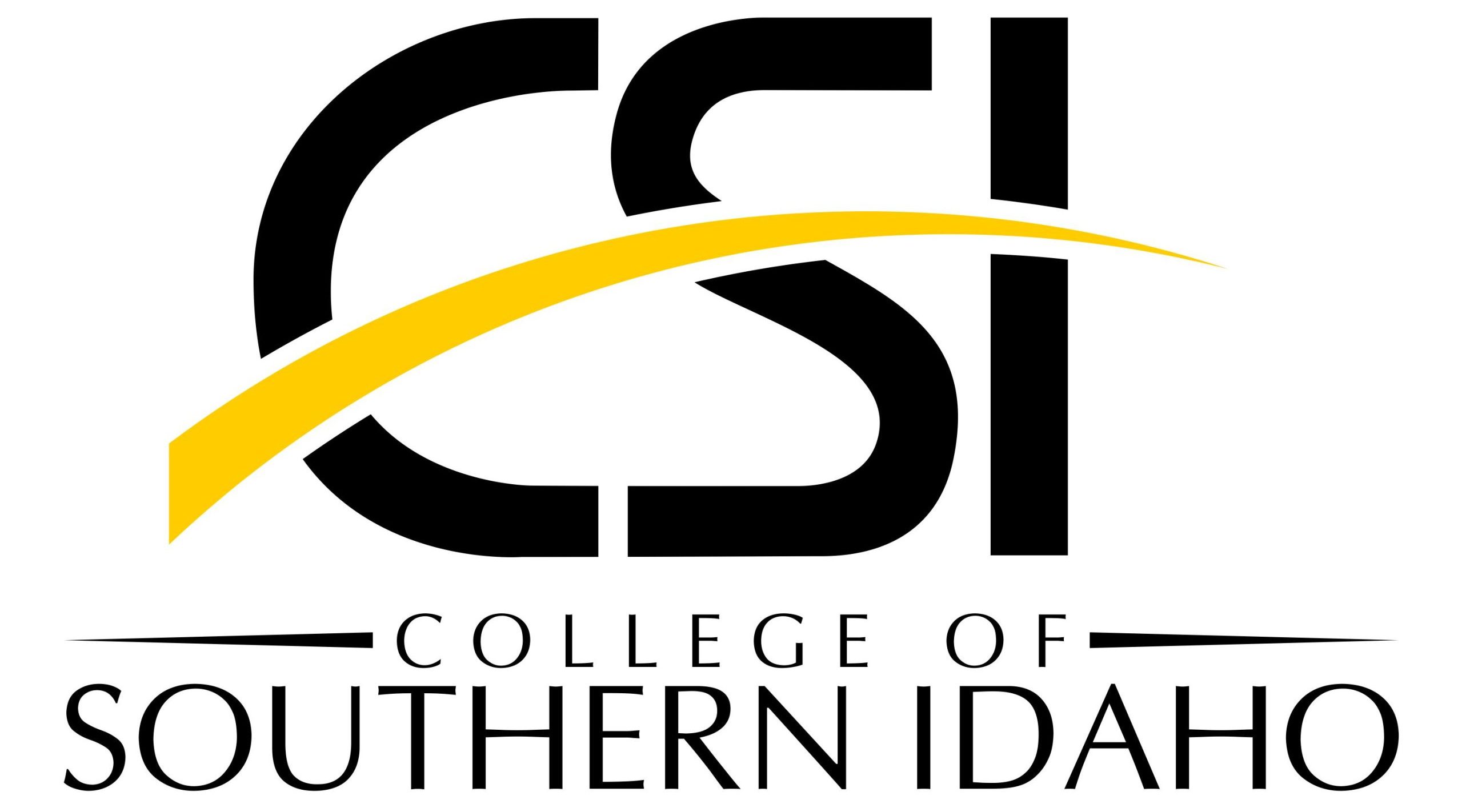4 RDA Basics and Implications for MARC
Another schema is called Resource Description and Access, or RDA. It was created in the 2010s to replace an outdated schema called AACR2. Initially, this schema was utilized museums. However, it become more prominent in libraries as it was developed to become ubiquitous. It was apparent as early as 2007 that there would be no way for RDA and MARC21 to coexist and not have some connection between the two schemata. In fact, the overseers of MARC deliberately altered MARC21 to become more compatible with RDA.
The focus of RDA is to provide users, and catalogers, with an object-oriented way of describing a resource. In other words, RDA wants to establish a clear relationship between one item and other items within a collection. It also wants to describe relationships between items and authors and between multiple editions of the same work. In this way, RDA is similar to FRBR.
For example, RDA does not initially categorize an information resource based on its physical type. Instead, it categorizes all physical items based on the rate or status of information publication and updating. The three main types of format are serials, which are published at regular or irregular intervals as discrete items that are all related (newspapers, magazines, etc.), monographs, which are single-volume or multiple-volume items that are considered a complete work, or integrated resources, which are items that are continuously updated with new editions. The new information is integrated into the original resource and republished.
Intrinsic in the object-based orientation of RDA is the separation between the many elements of an item. For example, separate pieces of metadata describe the format of the information in an item and the format of the item itself. According to a report by the Library of Congress, this aspect of RDA is especially useful if preservationists or users want to convert data on an item into another format. To designate that a MARC record has been created through the RDA system, Field 040 subfield $e has “rda” as an entry. There are various rules regarding cataloging processes in RDA. For example, abbreviations should never be used. Nor should filler terms such as “etc.,” or “et al.,” unless these are used in a title. Author names should be written according to their natural order in Field 245, but according to the appropriate Authorities in Fields 100, 600, and so on.
RDA can be extremely complicated to understand. At times, it is necessary to view RDA in its historical context and in comparison to other schemata. FRBR was the forerunner to the RDA, and RDA and MARC are used together. The Library of Congress has created a training complete with PowerPoint slides, a training manual, and exercises, on these three schemata. FRBR, RDA, and MARC helps catalogers see the connections between these three systems. Many other trainings, including a six-module training on RDA specifically, exist on the RDA Training Materials page of the LOC website.
For maps and other resources that explain the connections between RDA and MARC21, see Appendix A.
Apply Your Knowledge
Let’s combine your knowledge of MARC with knowledge of RDA. You have learned about the MARC fields, indicators, subfield symbols, and the data that are affiliated with these aspects of item records. Now see how you would write and interpret MARC records with MARC field and subfield symbols according to the RDA schema. You will only have to work with fields 100, 130, 240, and 245. Like on previous pages, it would be helpful to have the MARC 21 Bibliographic and Authority Data Library of Congress pages handy.
A simpler overview video that lasts around an hour has also been created by LOC. It was released in 2008, and is therefore dated, but serves as an excellent overview of the principles of RDA.


Feedback/Errata